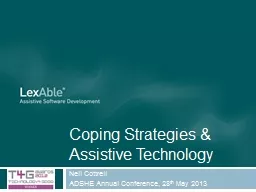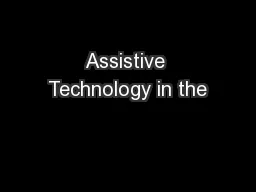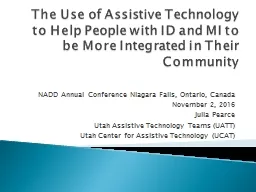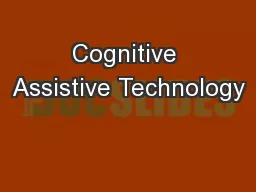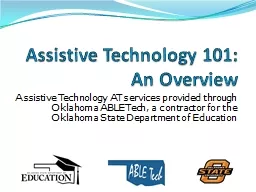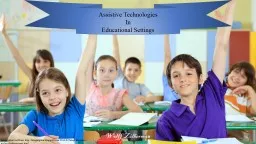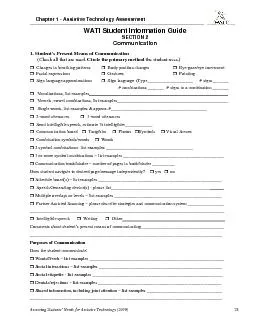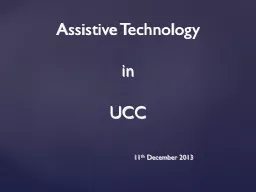PDF-eliminating the barriers in the structural environment Assistive dev
Author : samantha | Published Date : 2022-09-02
the various types of orthoses that are useful for persons with 272WHAT ARE ASSISTIVE DEVICESAkhilesh is a sevenyearold boy with cerebral palsy This hasaffected his
Presentation Embed Code
Download Presentation
Download Presentation The PPT/PDF document "eliminating the barriers in the structur..." is the property of its rightful owner. Permission is granted to download and print the materials on this website for personal, non-commercial use only, and to display it on your personal computer provided you do not modify the materials and that you retain all copyright notices contained in the materials. By downloading content from our website, you accept the terms of this agreement.
eliminating the barriers in the structural environment Assistive dev: Transcript
Download Rules Of Document
"eliminating the barriers in the structural environment Assistive dev"The content belongs to its owner. You may download and print it for personal use, without modification, and keep all copyright notices. By downloading, you agree to these terms.
Related Documents


